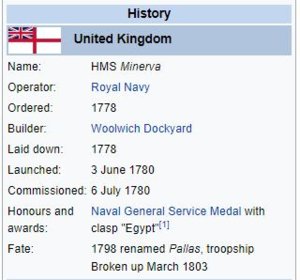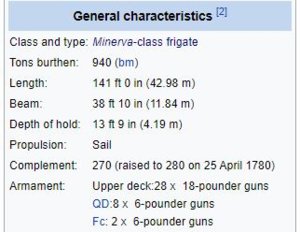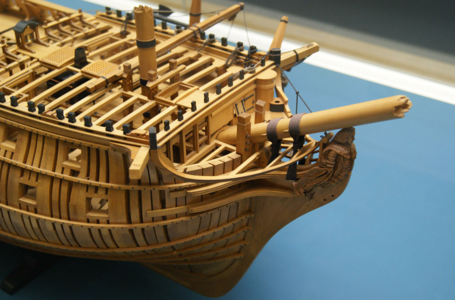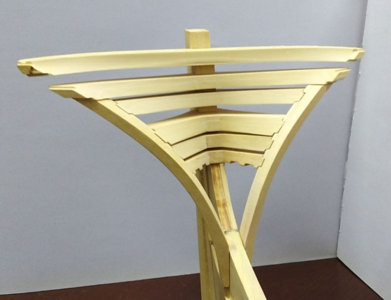- Joined
- Apr 15, 2020
- Messages
- 446
- Points
- 278

Hi everyone!
I'm DaHaimodel,In fact, DahaiModel is a team of 3D designers, ModelBuilder and ship model experts from Europe and China. Dahaimodel is committed to developing original and legitimate kit projects, cooperating with SOS forum to promote these projects, and sharing the fun of model development and model build with all enthusiasts (members).
First of all, I would like to thank SOS forum for providing such a good platform. I would also like to thank zoly99sask, Uwek, Jimsky and Donnie for their great support and help in this project, they providing a lot of historical research materials and modification opinions. Many thanks to them!
The first time I saw a picture of the HMS Minerva 1780 model was in the magazine Model ShipWright. I was attracted by her beautiful stern carvings. Later, I learned that the model from US Naval Academy Museum is the reference prototype of this model.
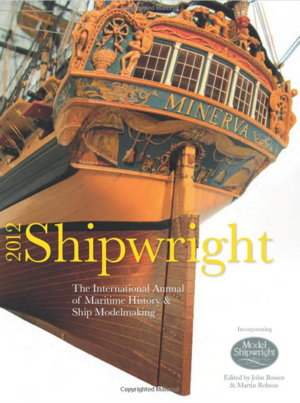
Model ShipWright magazine and HMS Minerva 1780 model made by Malcolm Darch.
(Note: the copyright belongs to the original author, we did not refer to this model to develop kit,We developed the kit with full reference to the original drawings and model photos of NMM. We purchased the license of NMM)

The original draught of NMM collection,
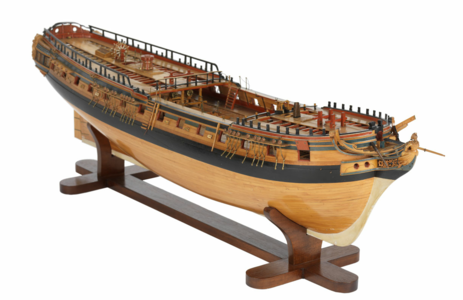

The model of HMS Minerva 1780 collected by NMM.
Uwek has done a lot of research on Minerva's history and collected a lot of information. Here is the history of Minerva he collected.Many thanks to him!
The Minerva-class sailing frigates were a series of four ships built to a 1778 design by Sir Edward Hunt, which served in the Royal Navy during the latter decades of the eighteenth century.
During the early stages of the American Revolutionary War, the Royal Navy - while well supplied with ships from earlier programs, but faced with coastal operations and trade protection tasks along the American littoral - ordered numerous forty-four gun, two-decked ships and thirty-two gun 12-pounder armed frigates. Anticipating the entry of European powers into the war, and with renewed resistance provided by the large, nine hundred ton, thirty-two gun 12-pounder armed frigates of the French Navy, the RN looked to a newer larger design of frigate to meet this challenge. From November 1778 larger frigates with a heavier 18-pounder primary armament were ordered.
They were the first Royal Navy frigates designed to be armed with the eighteen-pounder cannon on their upper deck, the main gun deck of a frigate. Before coming into service, their designed secondary armament was augmented, with 9-pounder guns being substituted for the 6-pounder guns originally planned, and with ten 18-pounder carronades being added (six on the quarter deck and four on the forecastle). The type eventually proved successful, and went on to be virtually the standard frigate type during the latter periods of the age of sail.
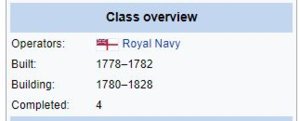
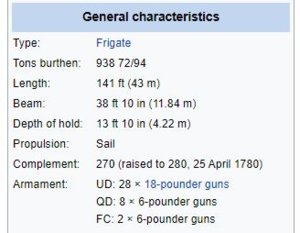

taken from Threedecks-page

Ships in class
in the following days I will show much more details of the different ships and also the available contemporary drawings and models representing the very interesting class
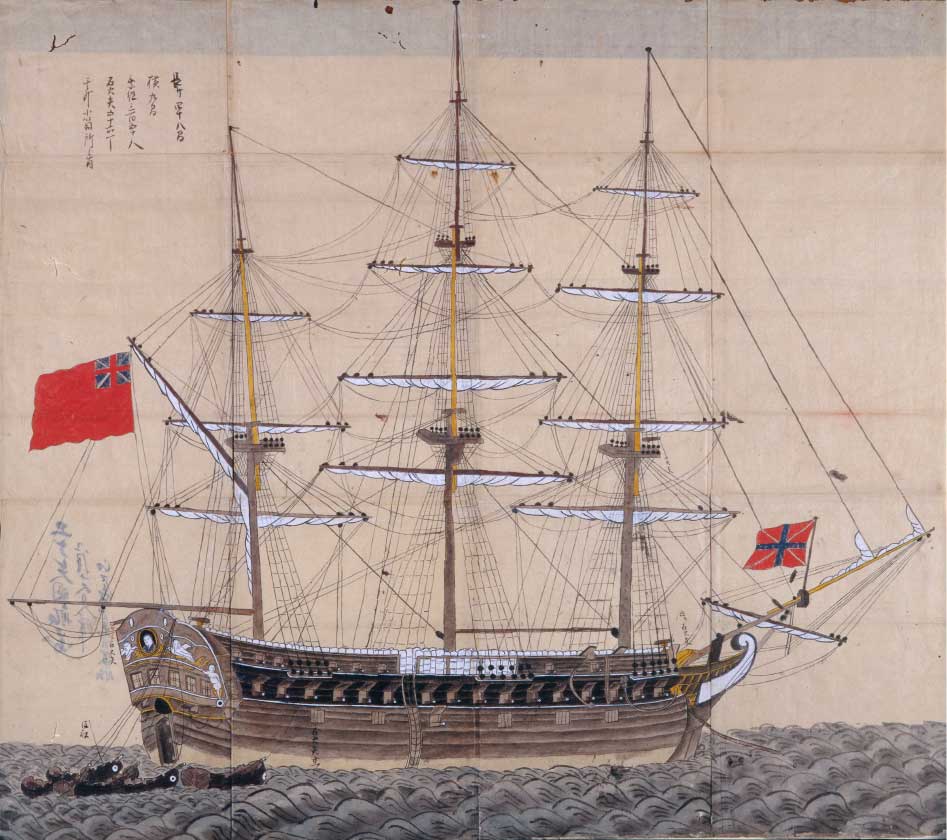

en.wikipedia.org
threedecks.org
I'm DaHaimodel,In fact, DahaiModel is a team of 3D designers, ModelBuilder and ship model experts from Europe and China. Dahaimodel is committed to developing original and legitimate kit projects, cooperating with SOS forum to promote these projects, and sharing the fun of model development and model build with all enthusiasts (members).
First of all, I would like to thank SOS forum for providing such a good platform. I would also like to thank zoly99sask, Uwek, Jimsky and Donnie for their great support and help in this project, they providing a lot of historical research materials and modification opinions. Many thanks to them!
The first time I saw a picture of the HMS Minerva 1780 model was in the magazine Model ShipWright. I was attracted by her beautiful stern carvings. Later, I learned that the model from US Naval Academy Museum is the reference prototype of this model.

Model ShipWright magazine and HMS Minerva 1780 model made by Malcolm Darch.
(Note: the copyright belongs to the original author, we did not refer to this model to develop kit,We developed the kit with full reference to the original drawings and model photos of NMM. We purchased the license of NMM)

The original draught of NMM collection,


The model of HMS Minerva 1780 collected by NMM.
Uwek has done a lot of research on Minerva's history and collected a lot of information. Here is the history of Minerva he collected.Many thanks to him!
The Minerva-class sailing frigates were a series of four ships built to a 1778 design by Sir Edward Hunt, which served in the Royal Navy during the latter decades of the eighteenth century.
During the early stages of the American Revolutionary War, the Royal Navy - while well supplied with ships from earlier programs, but faced with coastal operations and trade protection tasks along the American littoral - ordered numerous forty-four gun, two-decked ships and thirty-two gun 12-pounder armed frigates. Anticipating the entry of European powers into the war, and with renewed resistance provided by the large, nine hundred ton, thirty-two gun 12-pounder armed frigates of the French Navy, the RN looked to a newer larger design of frigate to meet this challenge. From November 1778 larger frigates with a heavier 18-pounder primary armament were ordered.
They were the first Royal Navy frigates designed to be armed with the eighteen-pounder cannon on their upper deck, the main gun deck of a frigate. Before coming into service, their designed secondary armament was augmented, with 9-pounder guns being substituted for the 6-pounder guns originally planned, and with ten 18-pounder carronades being added (six on the quarter deck and four on the forecastle). The type eventually proved successful, and went on to be virtually the standard frigate type during the latter periods of the age of sail.


taken from Threedecks-page
Ships in class
- HMS Minerva
- Builder: Woolwich Dockyard
- Ordered: 6 November 1778
- Laid down: November 1778
- Launched: 3 June 1780
- Completed: 6 July 1780
- Fate: Fitted as a troopship and renamed Pallas 29 May 1798; broken up March 1803 at Chatham Dockyard.
- HMS Arethusa
- Builder: James Martin Hilhouse, Bristol
- Ordered: 26 January 1779
- Laid down: 23 August 1779
- Launched: 10 April 1781
- Fate: Broken up May 1815 at Sheerness Dockyard.
- HMS Phaeton
- Builder: John Smallshaw, Liverpool.
- Ordered: 3 March 1780
- Laid down: June 1780
- Launched: 12 June 1782
- Completed: 27 December 1782 at Plymouth Dockyard.
- Fate: Sold to break up 26 March 1828
- HMS Thetis
- Builder: John Randall, Rotherhithe.
- Ordered: 22 September 1781
- Laid down: December 1781
- Launched: 23 September 1782
- Completed: 15 November 1782 at Deptford Dockyard.
- Fate: Sold 9 June 1814 at Chatham Dockyard.
in the following days I will show much more details of the different ships and also the available contemporary drawings and models representing the very interesting class

Minerva-class frigate - Wikipedia

en.wikipedia.org
British Fifth Rate frigate 'Minerva' (1780)
British Fifth Rate frigate 'Minerva' (1780). Dates of service, name changes, previous and next incarnations, dimensions, armament, commanders, officers and crewmen, actions, battles, sourcesthreedecks.org
Last edited:

